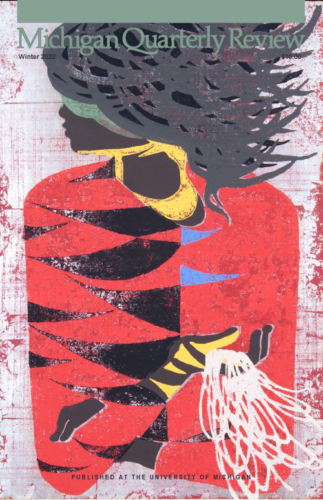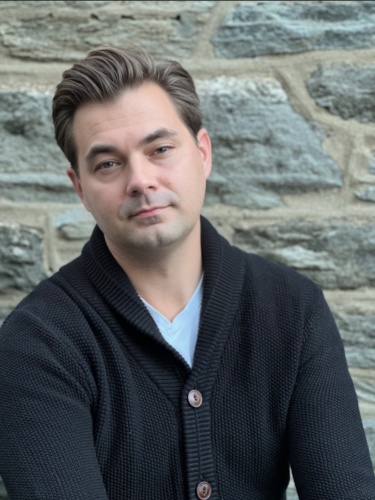It was after the prop plane almost crashed into tundra as we flew back to Atqasuk. After I fell through the sewage-ice under our apartment building in Browerville and almost drowned. After my car died in the middle of an empty highway during an Alaskan blizzard in Anchorage. It was only after I left for grad school, when things finally clicked: maybe Nebraska was beautiful at certain times or problematic at others, but it wasn’t wild. Not really. Not like where I grew up in Alaska.
How we express for ourselves the magnitude of moments and places might be directly related to our encounters with nature in childhood. As we know, our childhood environments account for a significant percentage of who we are as adults. The literal natural environment also factors into that percentage. Recent studies show that our personal adult behaviors are directly related to the rate and type of contact we had with nature as children. That is, how we interact with and in different environments comes, at least partially, from the relationships we had to being outside in youth. Variation among populations certainly exists, as does an evolving definition of natural environments, but it is compelling that emotional regulation as adults could be tied to our childhood natures.
Where I grew up on the North Slope of Alaska, kids would express moments with phrases like ah bad and like that or words like aarigaa, an Inupiaq word that means something like happiness toward an event or a surprise. Something awesome happens, aarigaa. As kids we also used those phrases and words mockingly or sarcastically toward each other, including when someone did something they thought impressive. We’d seen and done so much that most things weren’t that interesting, or so we thought. Words helped set order. But mostly, words were for after the experience, if at all. Big storms meant big snow, which in turn meant building forts or sledding down the Meade River School’s ramp in Atqasuk. New snow meant snow machining across the lagoon between Browerville and Utqiagvik. New snow meant possibility. To grow up in any extreme can provide a deep understanding of, and language for, specific natures we call wild.
In our culture at large, saying something is wild has become a more accurate way to express something like surprise or disbelief. We might say an outrageous comment or organizational change at work is wild, for example. Something wild is something to sort in our mind as we try to re-place ourselves. For former generations of writers, the wild was something to encounter, the experience of something untamed. The unknown and seemingly unknowable. In other words, something to write toward.
Words and the stringing of them together into a personal syntax is one way we learn to take care of the world and ourselves. When I first heard and understood the term solastalgia I knew it started to get at what I had lost from childhood. The landscape of my childhood comes back in moments where I confront change. It comes back when something wild happens. Those times when words come to me, it is often an expression from childhood—now, like then, a word or phrase expressed internally. What I experience now pulls on the wild things I experienced earlier in life. The gravel runway for airplanes along the tundra of Atqasuk. The snow piled by machine into a temporary mountain near Ipalook Elementary in Utqiagvik. The sea ice breaking up near the shore of Browerville in time for whaling season. As children it felt silly to marvel at the landscape. It was enough to just live. But now I look back and think about what was unexpressed to friends or written off with sarcasm, tools of emotional survival, and I try to find language for what I feel, hoping that what I felt then is something that I can recover (from) now.




